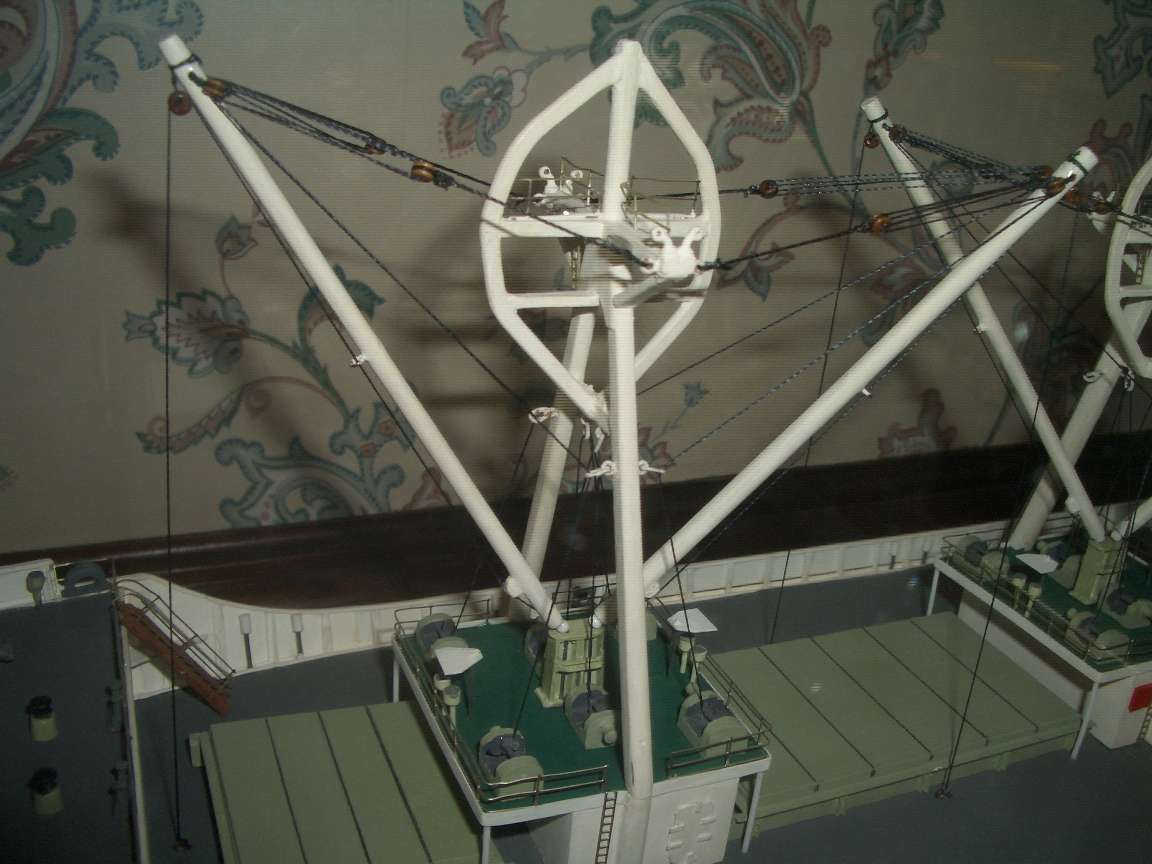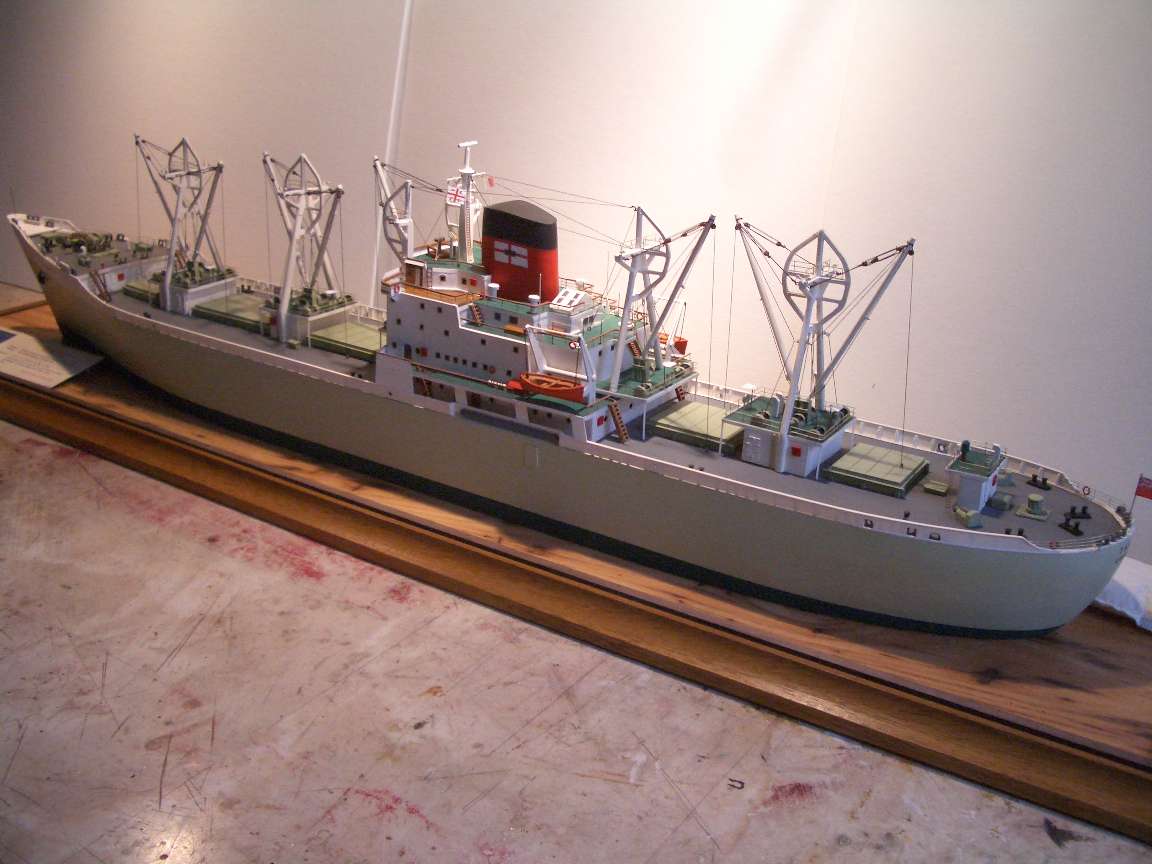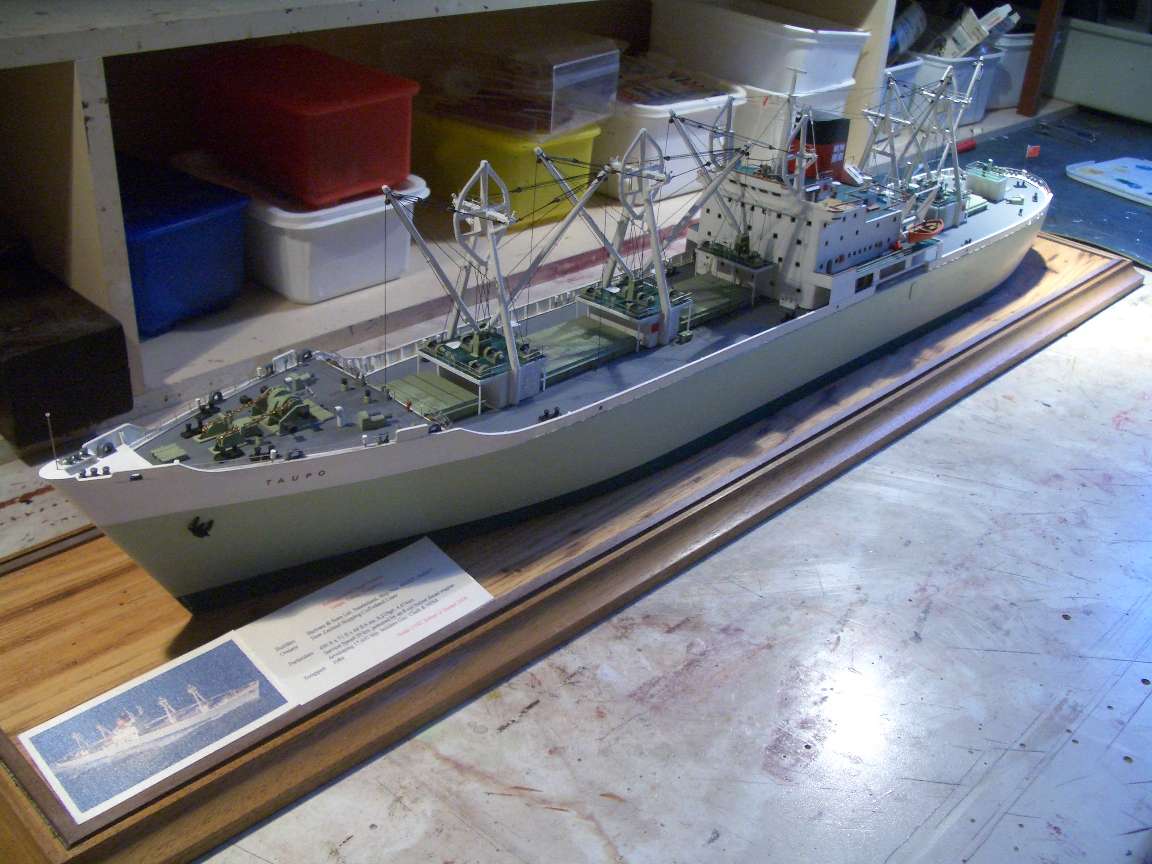Thanks to TASC Member Robert Hunter for sharing the following.
In the 1950s and 60s Bartram’s, Shipbuilders on the river Wear in Sunderland, built a series of 12 or more reefers for Blue Star Line and New Zealand Shipping Company. They were regarded as quite complex vessels at that time and as a young naval architect I was very much involved in their design, their construction, and their commissioning.
Early 1960s we were awarded a contract to build three sister ships for NZSC with the names “Taupo” “Tekoa” and “Tongariro” named after locations in New Zealand and I was appointed Construction Manager on “Taupo” Not easy ships to build to a high specification and additionally Hallen Swinging Derricks for cargo handling were specified requiring very complex and difficult to build mast structures involving massive “D” frames to increase the purchase on the derrick swinging arrangement.
These structures, nine on each vessel were extremely difficult to fabricate and install and caused a deal of heart ache until we were able to master the various techniques required to fabricate and install them and commission the cargo handling equipment,
The length of wire rigging required for each derrick was enormous and compounded the difficulty we experienced. However eventuality we commissioned and delivered all three vessels successfully before, in contrast we embarked on a long term project building a series production of the standard “SD 14”
Fast forward more than 50 years to my retirement in 2008 I had built one or two scratch built ship models, including one of Glenroy my grandfather’s ship which I was rather proud of so decided to try to build a model of “Taupo” the lead ship of the three NZSC reefers.
With some difficulty I was able to put together a mix of photographs and small scale general arrangements and commenced work knowing that I would be hard pressed to make a good enough job and it would take the best part of 12 months or more.
It took longer as I had a six month “holiday” when I lost interest but thankfully that passed and I was able to complete the model, but not without having nearly as much trouble with the “D” frame masts and the miles of rigging on a scale of 1/192 as Bartram’s had experienced full size 50 years previously.
In its glass case in my study it brings back fond memories of myself as a young man striving to build these rather unusual looking vessels which unsurprisingly attracted a lot of attention at the time



